Tidy home, tidy mind – 7 surprising lessons I learned from reading Marie Kondo’s 'The Life-Changing Magic of Tidying Up'
Top tips for a transformation that sticks
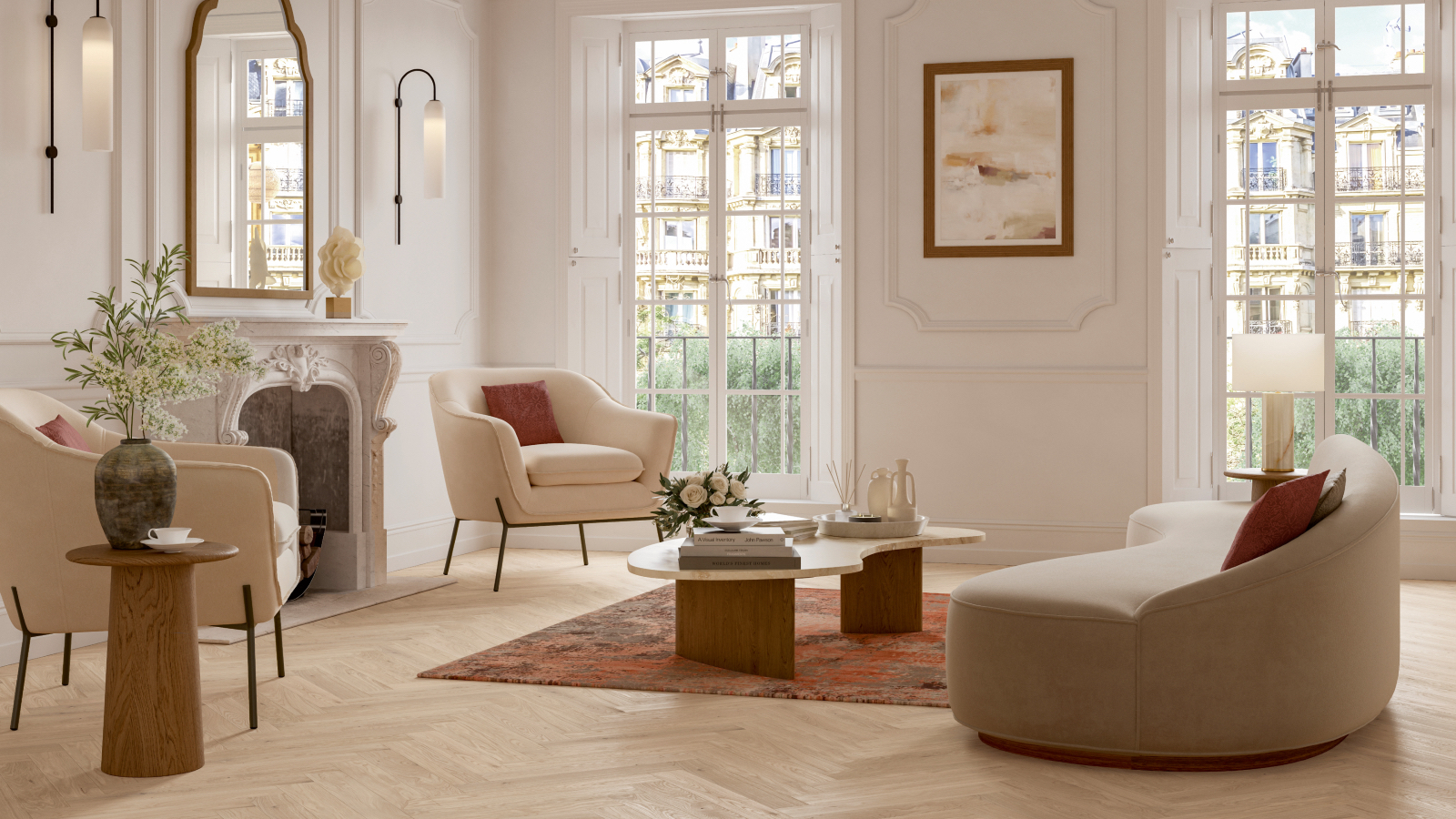
- 1. Tidying can change your life
- 2. You can't tidy if you've never learnt how
- 3. It's ok to aim for perfection
- 4. Storage does not equal organization
- 5. Tidy by category, not place
- 6. Choose what to keep, not what to throw away
- 7. Shoe boxes are the superior storage solution
- The five steps of the KonMari method

I think I would be hard-pressed to find someone who didn't know about Marie Kondo and her powers of home organizing. She’s become iconic – and for good reason – synonymous with living with less, and keeping an organized and tidy home.
So, when my partner’s parents returned home from a trip to New York with a secondhand copy of The life-Changing Magic of Tidying Up, I was intrigued to see where it all began.
Over a couple of days, I dipped in and out of the small but mighty book, learning to think like Marie Kondo, and becoming familiar with her organizing and decluttering tips along the way. Here’s everything I learned.
What I learned from 'The Life-Changing Magic of Tidying Up'
1. Tidying can change your life
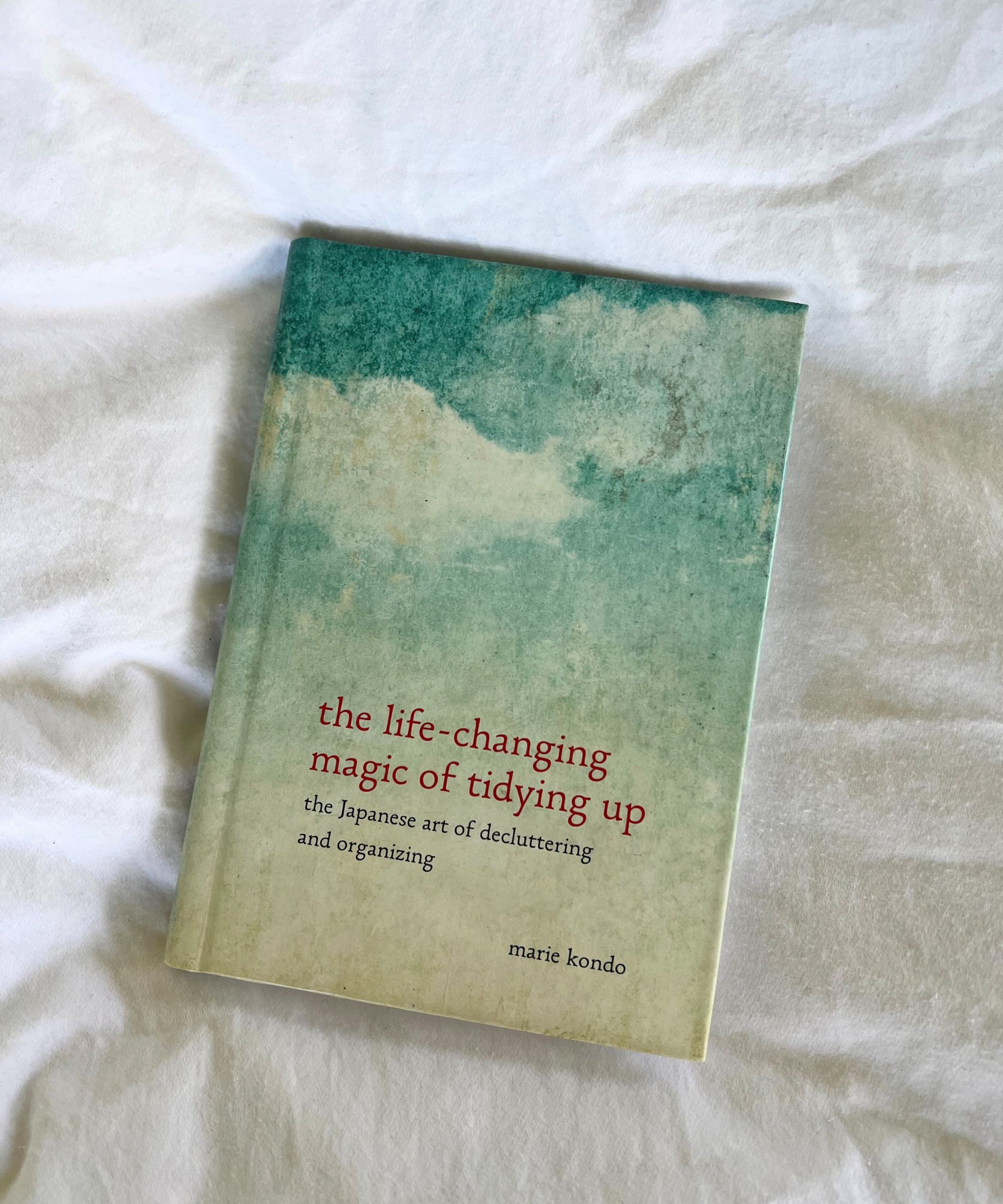
As Marie Kondo writes, 'Having devoted more than 80 percent of my life to this subject, I know that tidying can transform your life.' This isn't something I didn't know, exactly, but I had never stopped to think just how vast a difference getting your home in order can make. To Marie, a clean house really does make you happier.
'A dramatic reorganization of the home causes correspondingly dramatic changes in lifestyle and perspective,' she continues. 'It is life transforming. I mean it.'
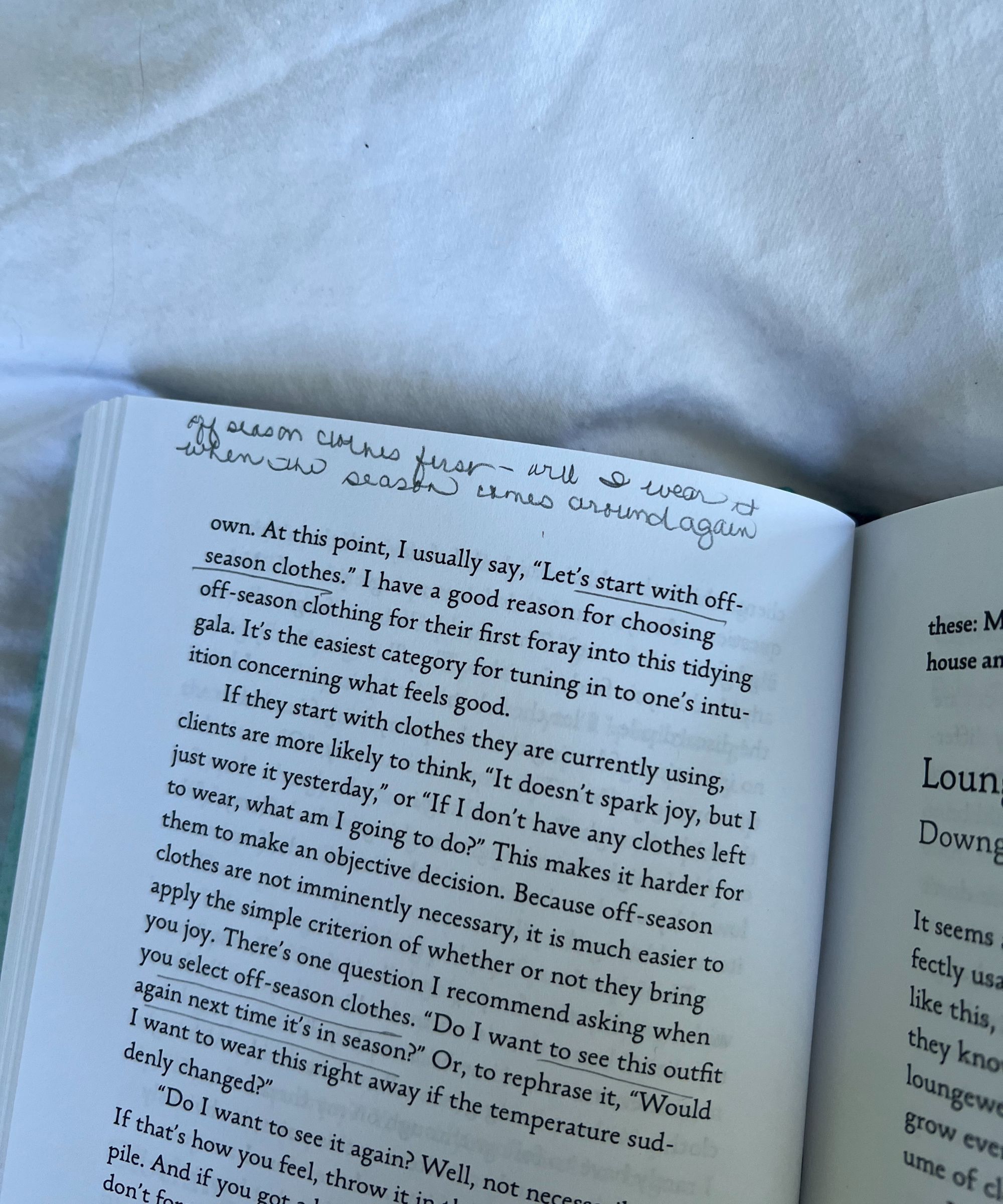
My annotated copy, complete with notes from the previous owner.
As testament to this, my copy of this gorgeous little book came all the way from Sweet Pickle Books, a secondhand bookstore in New York City's Lower East Side, complete with pencil notes and scribbles from its previous owner. I like to think that whoever they were only needed to read the book once, to change their life for good with the transformative power of tidying.
All prices correct at time of publication.
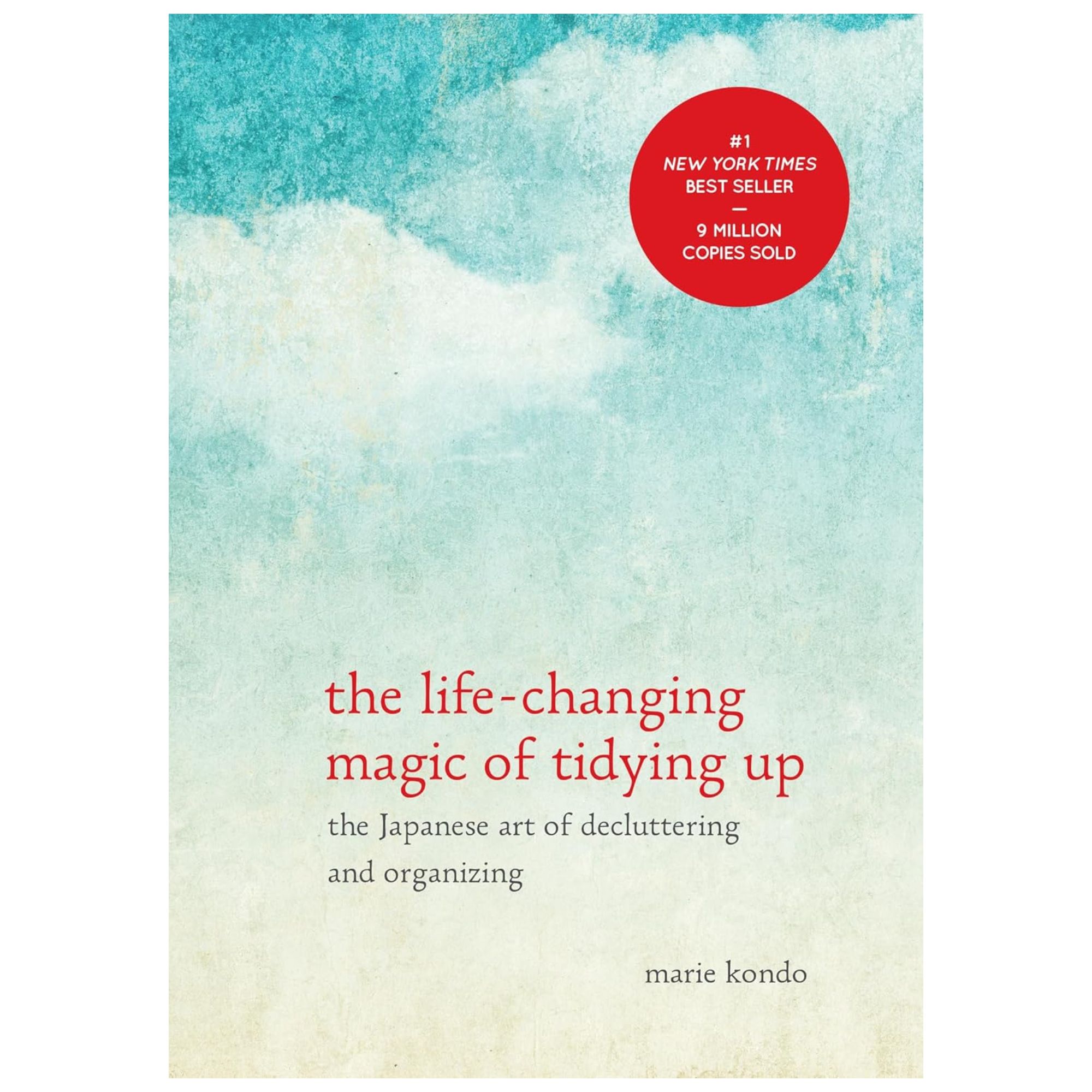
This bestselling book packs so much information into a mere 200 pages, in a readable and digestible format that's accessible to all readers of all ages.
2. You can't tidy if you've never learnt how
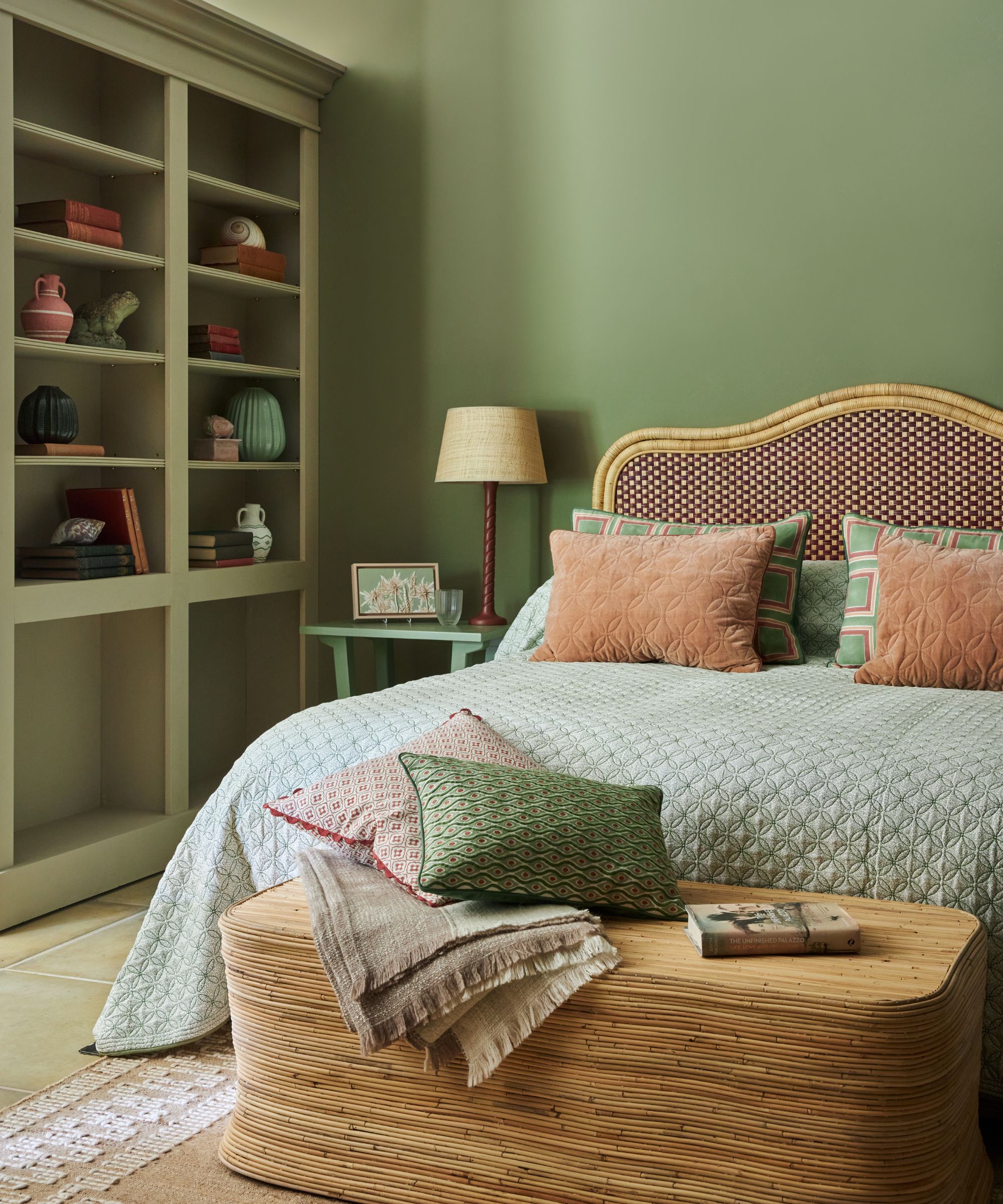
In a recent interview with Punteha van Terheyden, head of Solved here at Homes & Gardens, Marie revealed something interesting when discussing her crucial tidying mistakes – that you can't tidy if you've never learned how.
This is something she touches on in her book, writing, 'The general assumption, in Japan at least, is that tidying doesn’t need to be taught but rather is picked up naturally.
'Cooking skills and recipes are passed down as family traditions from grandmother to mother to daughter, yet one never hears of anyone passing on family secrets of tidying, even within the same household.’
But, Marie says, when it comes to tidying, we are all self-taught, so if you struggle to organize and declutter your home when you feel overwhelmed, it's not that you can't, but rather that you just need to learn how.
3. It's ok to aim for perfection
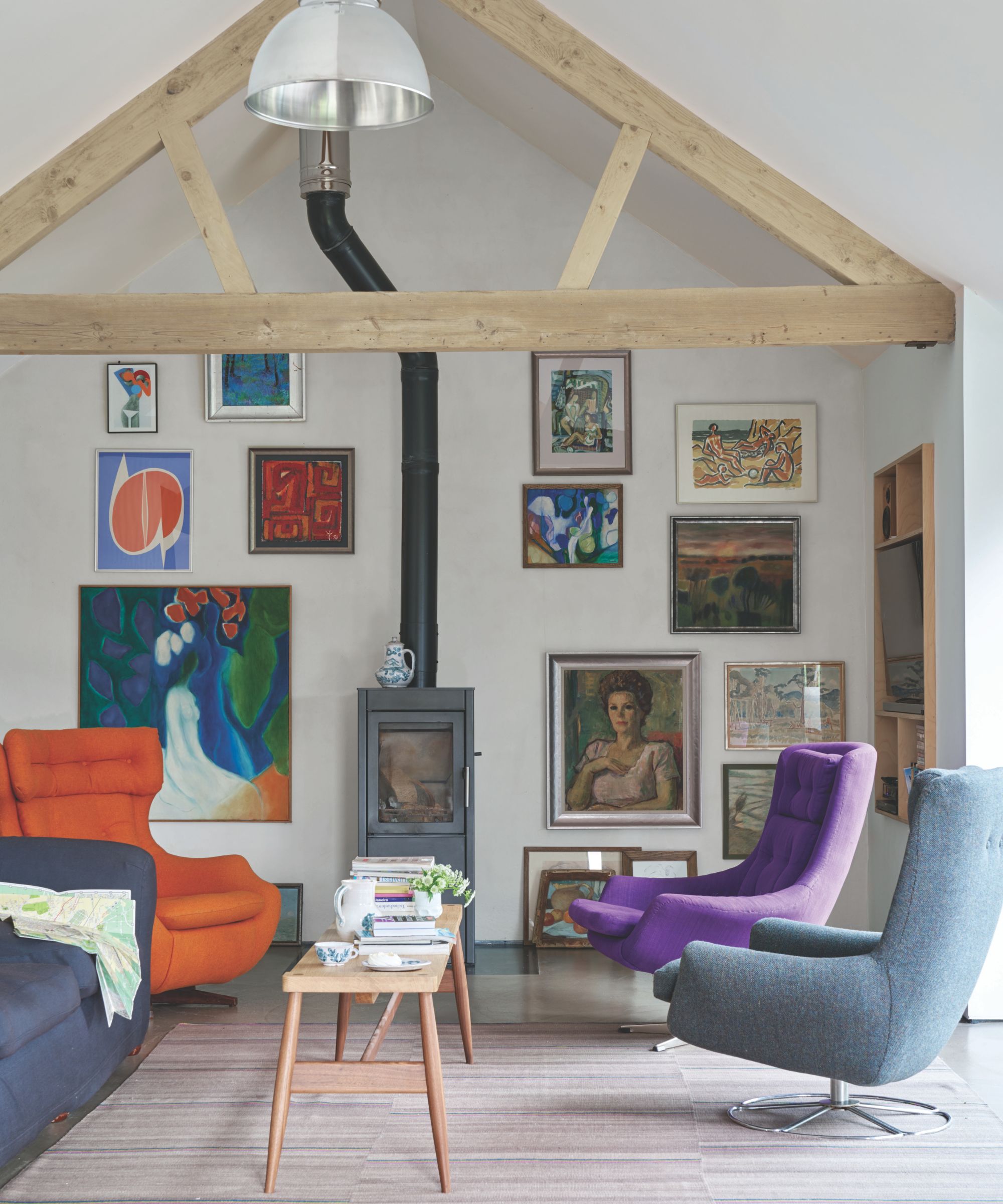
This one felt pretty groundbreaking to me – so much of what I read and hear about organizing and decluttering centers around small, rapid fire ways to reduce clutter room by room, and daily steps to maintain order. But, according to Marie Kondo, a 'tidying marathon' is the way to turn things around, and it's more than ok to aim for perfection. In fact, it's what you should be doing.
She writes, ‘Tidying brings visible results. Tidying never lies. The ultimate secret of success is this: If you tidy up in one shot, rather than little by little, you can dramatically change your mind-set.
'A change so profound that it touches your emotions will irresistibly affect your way of thinking and your lifestyle changes. My clients do not develop the habit of tidying gradually. Every one of them has been clutter-free since they undertook their tidying marathon. This approach is the key to preventing rebound.’
So, while you certainly don't need to declutter your whole house in one day, it's important to keep in mind that visibly positive changes will help your progress, and never hinder it.
Indeed, ‘Success depends on experiencing tangible results immediately,' continues Marie. ‘If you use the right method and concentrate your efforts on eliminating clutter thoroughly and completely within a short span of time, you’ll see instant results that will empower you to keep your space in order ever after.'
For this reason, Marie recommends aiming for perfection just once, as once is all it will take to revolutionize your home organizing ideas, rather than chipping away at the problem and always ending up back in the same place.
‘The work involved can be broadly divided into two kinds: deciding whether or not to dispose of something and deciding where to put it,' adds Marie. 'If you can do these two things, you can achieve perfection.’
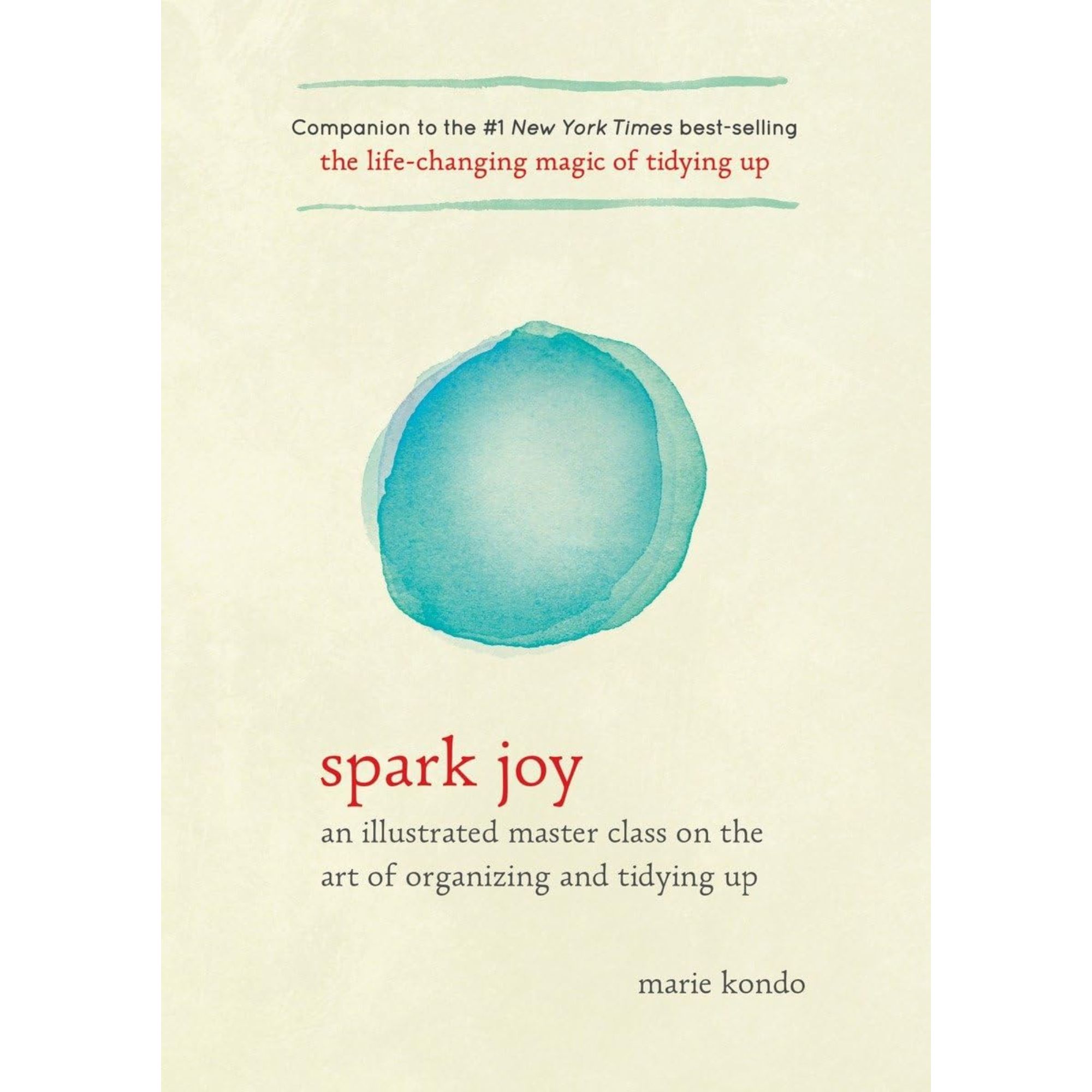
This book comes complete with helpful illustrations for step-by-step folding instructions and drawings of dreamily organized drawers and closets.
4. Storage does not equal organization
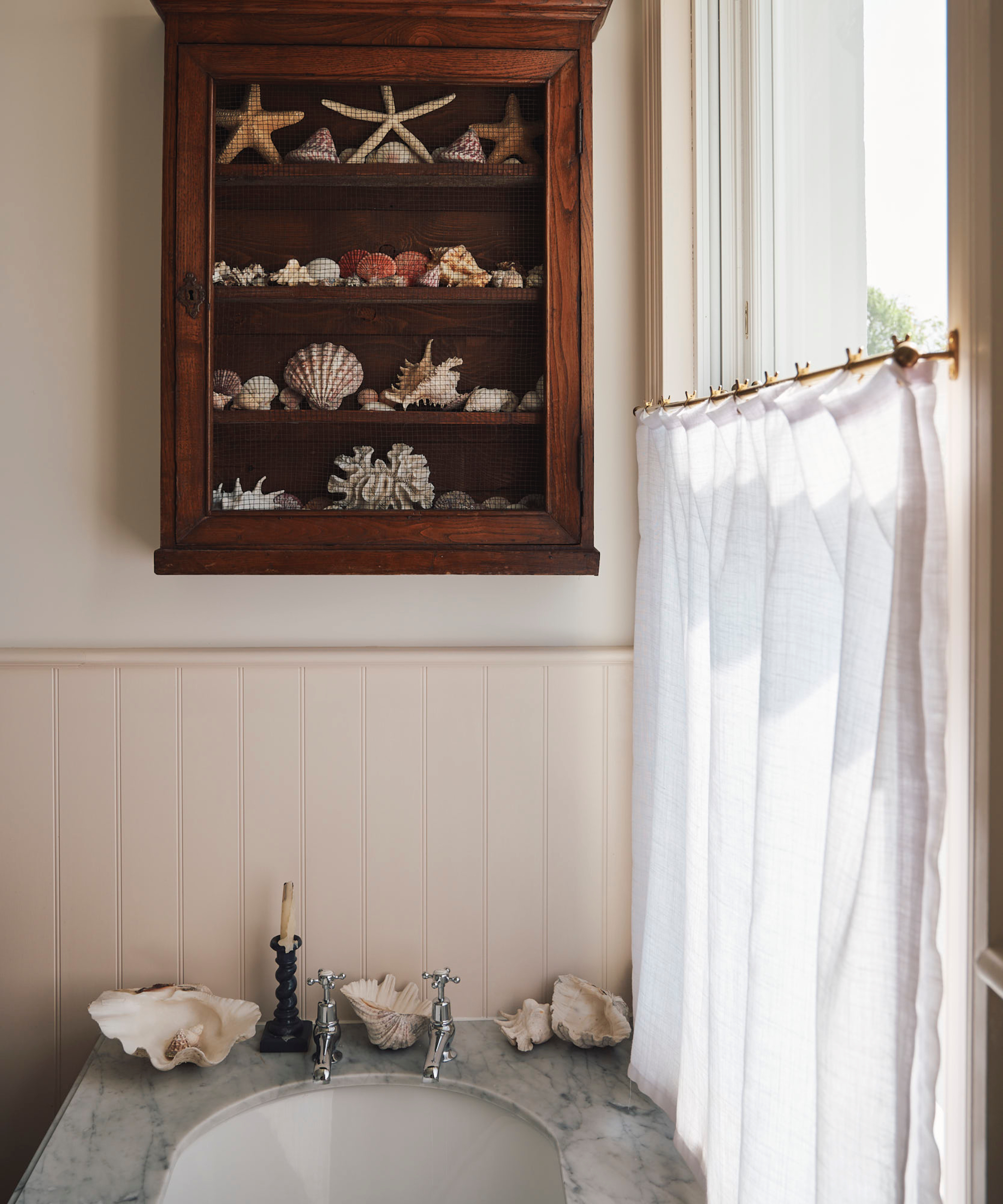
In the past, I've definitely been led to believe that putting a vast array of storage ideas to use instantly makes you an organized person. So too was Marie.
‘When I finally came to my senses, I saw that my room wasn’t tidy even though it was full of magazine racks, bookshelves, drawer dividers, and other storage units of every kind,' she writes.
'Although I thought that I had been tidying, in fact, I had merely been wasting my time shoving stuff out of sight, concealing the things I didn’t need in a lid,' covering the signs you are losing control of clutter, rather than actually sorting out the problem.
For this reason, Marie recommends using carefully curated, open storage options, like storage baskets, and keeping almost everything in your closet. If it doesn't fit, you have too much. To her, it's as simple as that.
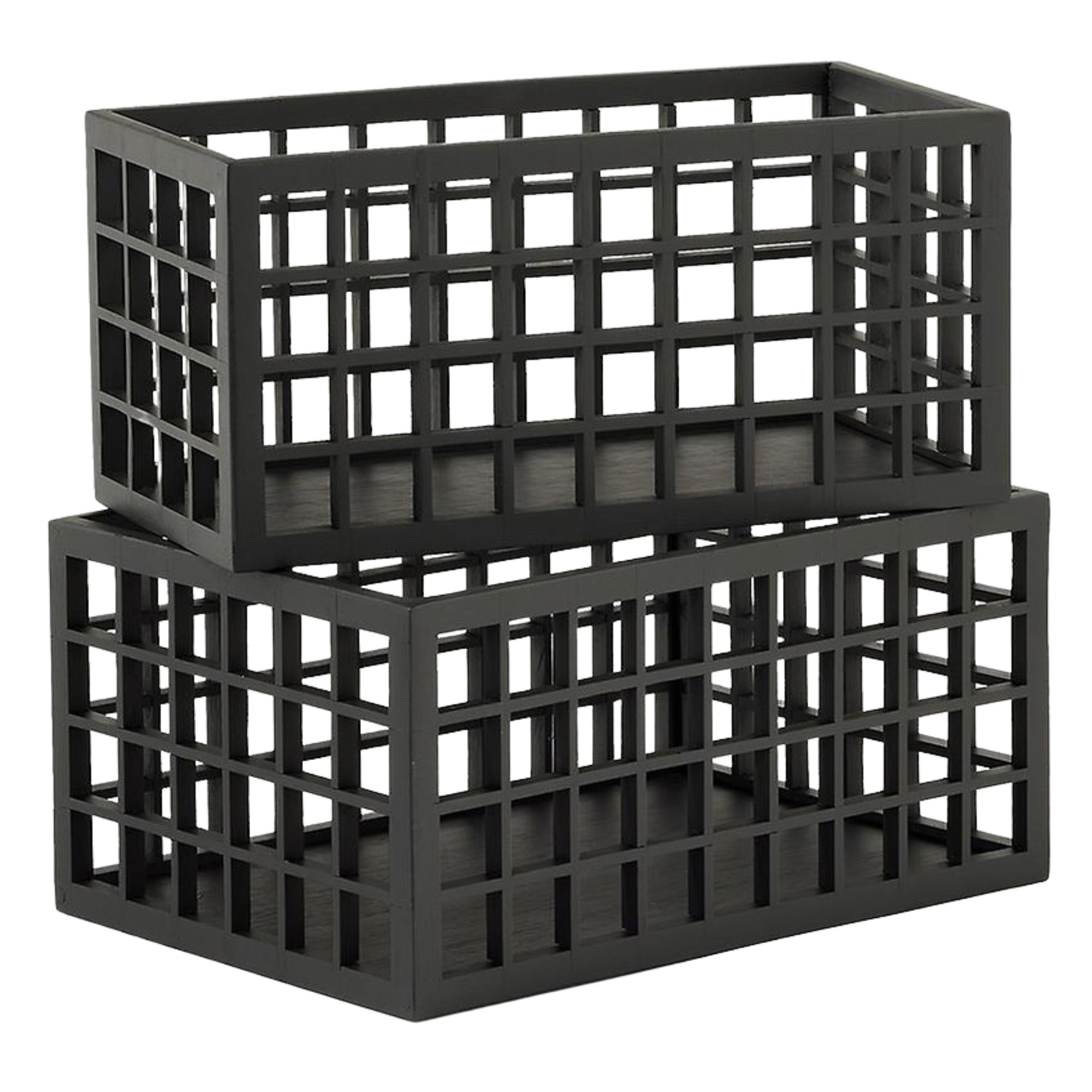
Available in either wide or narrow sizes, these pantry bins keep everything accessible without overly complicating your pantry organization ideas.

Make the most of your surface space in your kitchen, bedroom or bathroom with these glass canisters, which make it easy to see exactly what you have at a glance.
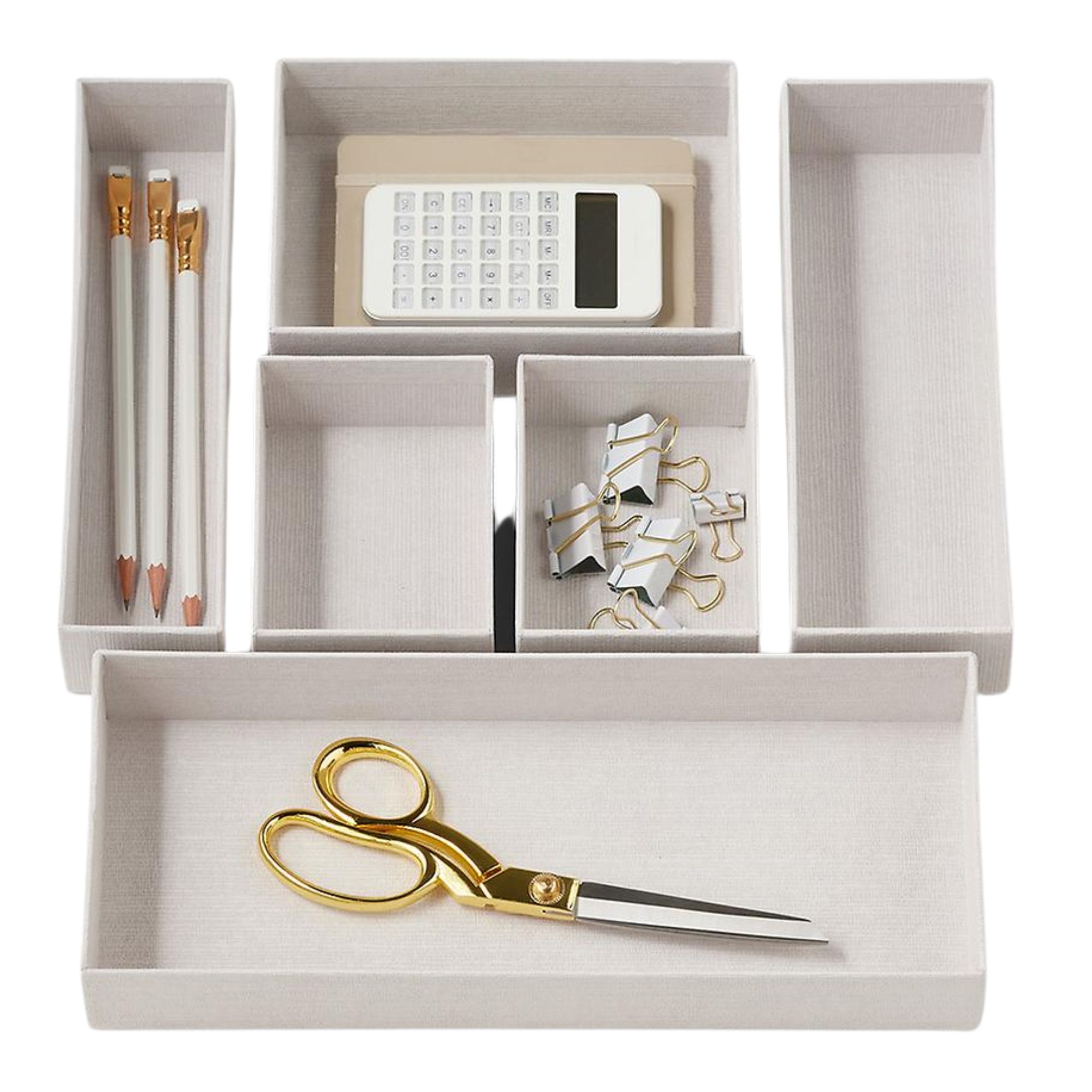
Finished with textured paper to mimic a linen weave, these drawer organizers are sleek and stylish, made of durable recycled paperboard.
5. Tidy by category, not place
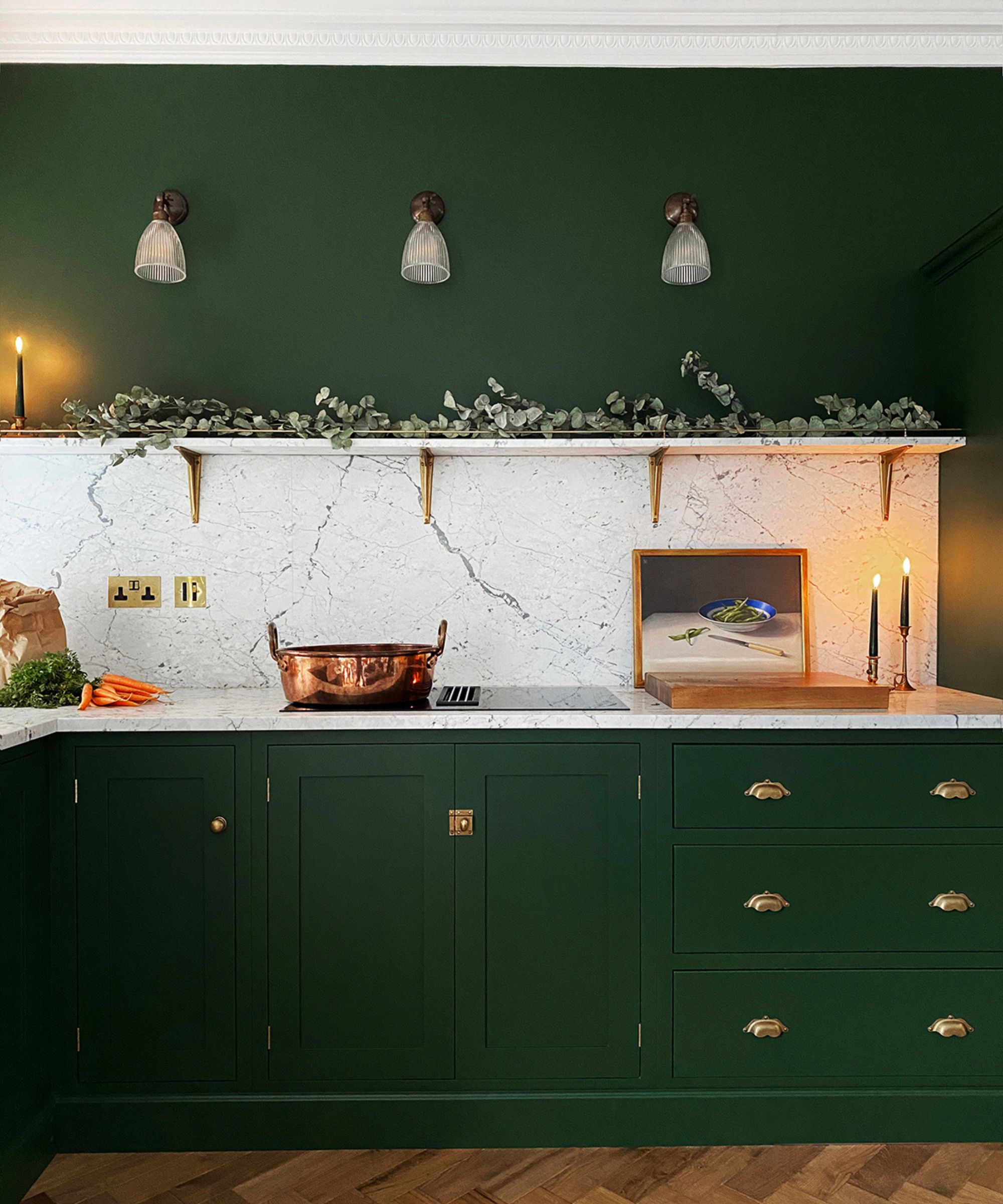
If you've ever tried tidying your bedroom, followed by your bathroom, then your living room, you'll have encountered an irritating issue. While you may have thought you organized your makeup in the bathroom, suddenly you stumble across a stash of lipsticks in your bedroom. The books in your bedroom might be neatly organized on your bookshelf, but what about the pile in your living room?
‘The root of the problem lies in the fact that people often store the same type of item in more than one place,' says Marie. 'When we tidy each place separately, we fail to see that we’re repeating the same work in many locations and become locked into a vicious circle of tidying.'
So, to avoid this, Marie recommends tidying by category, not by place, splitting items into five categories: clothing, books, papers, komono (or miscellaneous items), and sentimental items.
Gather everything that fits into the same category into one space, and then get down to organizing and decluttering each, one at a time, afterward.
This will help avoid any decluttering mistakes, advises Marie, and will also make it extremely (and perhaps eye-opening) clear to see exactly what you have, and what needs cutting down.
6. Choose what to keep, not what to throw away
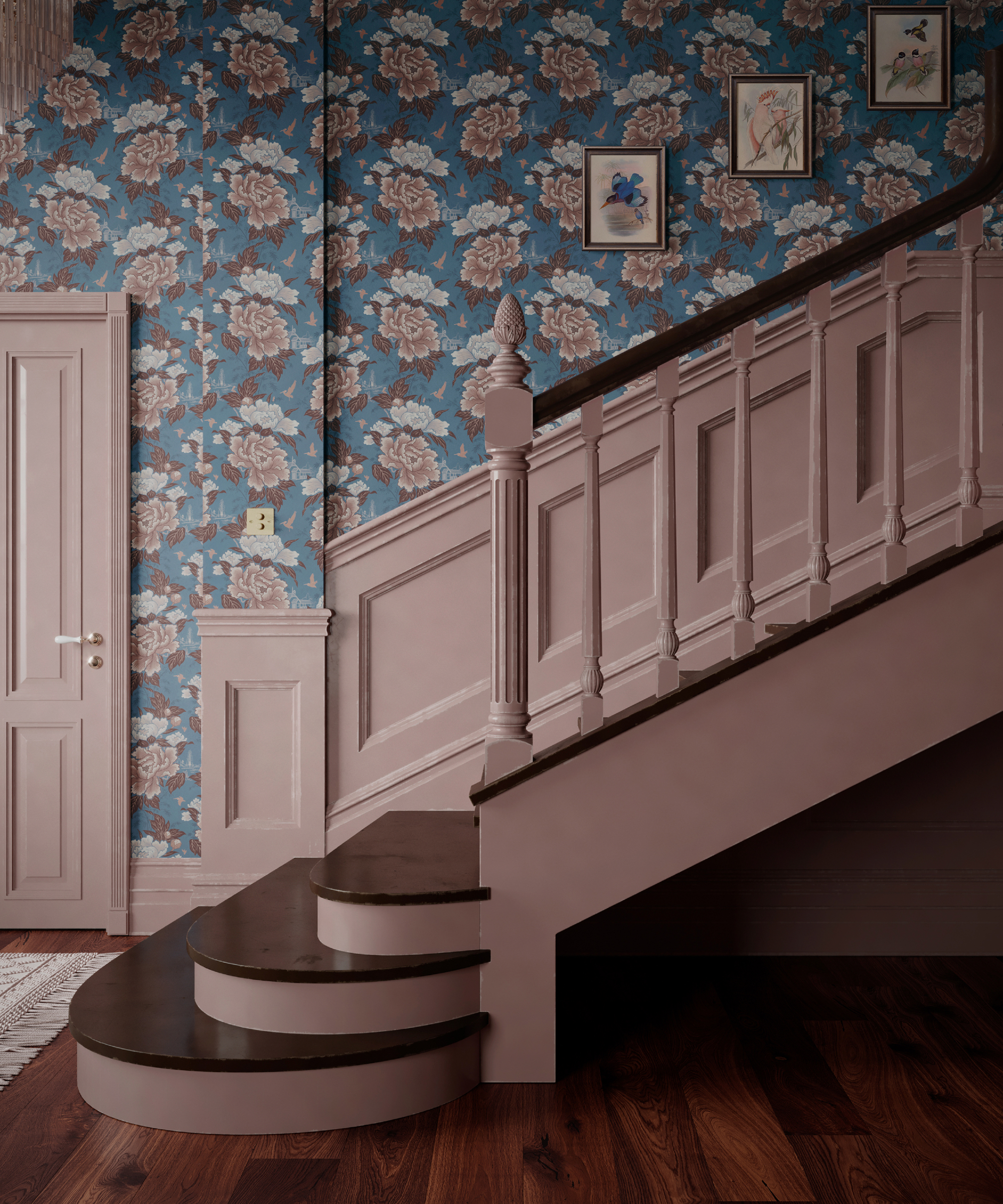
When decluttering, I've often advocated for walking around your space with a storage basket, such as the Mainstays Natural Canvas Storage Basket with Handles available at Walmart, and filling it with everything you want to get rid of. But, I've learned, I've been missing the point.
Marie advises, ‘We should be choosing what we want to keep, not what we want to get rid of.
‘Look more closely at what is there. I had been so focused on what to discard, on attacking the unwanted obstacles around me, that I had forgotten to cherish the things that I loved, the things I wanted to keep.’
In true Marie style, her advice for deciding is to ask yourself if items spark joy. If they do, they're good to stay. If not, pass them on to someone who will find they do.
Freelance writer Rebecca Shepherd recently tried decluttering her closet with this KonMari method and approves of the method to wave goodbye to 'joyless' items, and welcome happiness into your space.
7. Shoe boxes are the superior storage solution
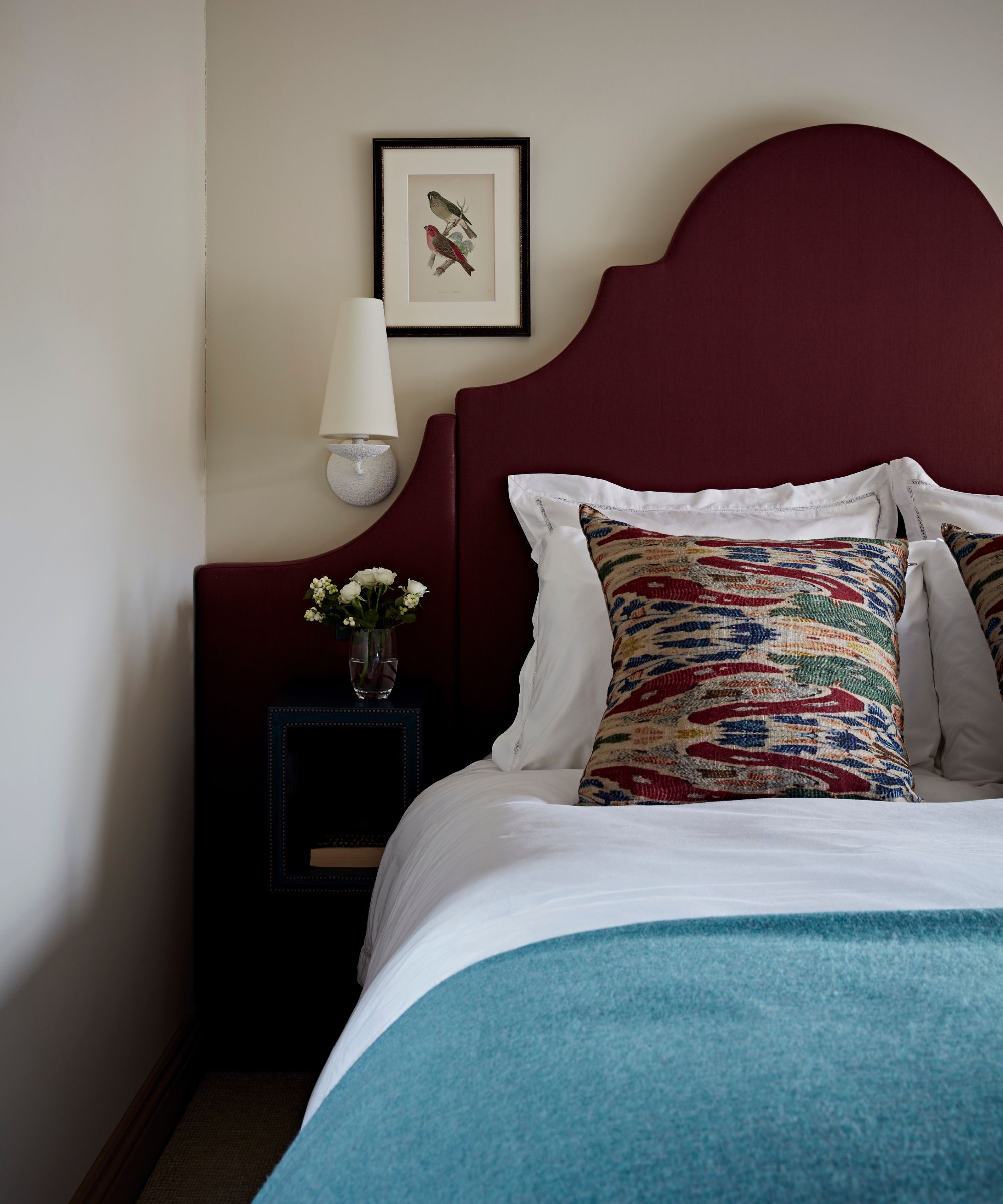
I've always kept shoe boxes without much rhyme or reason, hanging on to them 'just in case' they come in handy. Well, according to Marie, they're useful for organizing just about everything, not just as shoe storage ideas, and far superior to most more expensive options.
'The most common item I use is an empty shoebox,' she writes. 'I have tried all kinds of storage products, but have never found any other that is free and still surpasses the shoebox. It gets above-average marks for all five of my criteria: size, material, durability, ease of use, and attractiveness. These well-balanced attributes and its versatility are its greatest merits.
'Shoes come in boxes with cute designs as well. I frequently ask my clients, "Do you have any shoeboxes?" when I visit their homes.'
Marie commonly uses hers to organize her sock drawer and recommends using them as a brilliant bathroom organization idea, too, for storing extra bottles of shampoo, conditioner, and so on.
They're also useful for organizing cleaning supplies, she says, and even for organizing a small pantry.
Basically, Marie has single-handedly convinced me that there aren't really any organizational problems that can't be overcome with the humble shoebox, so if you think a lack of suitable storage solutions is one of the reasons you can't stay organized, think again.
FAQs
What are the five steps of the KonMari method?
The KonMari method has five key steps: commit to tidying, imagine your ideal lifestyle to help guide your decisions, finish discarding before organizing to avoid hiding items, tidy by category, and ask if it sparks joy.
While the KonMari method champions getting your life in order with ease, there are still some KonMari method mistakes to avoid. For example, never neglect to make a plan, and certainly don't fail to take the process seriously. With the right attitude, I've learnt that tidying really can transform my life – and it can for you, too.
Sign up to the Homes & Gardens newsletter
Design expertise in your inbox – from inspiring decorating ideas and beautiful celebrity homes to practical gardening advice and shopping round-ups.

Ottilie joined Homes & Gardens last year, after finishing a Master's in Magazine Journalism at City, University of London. With previous contributions in Livingetc and Motorsport Magazine, she produces content for the Solved section on the website, focusing on clever tips and tricks to keep your home beautiful, organized and clean. She also has an undergraduate degree in English Literature and History of Art from the University of Edinburgh, where she developed a love for inspiring interiors and architecture.
You must confirm your public display name before commenting
Please logout and then login again, you will then be prompted to enter your display name.
-
 Kevin Bacon and Kyra Sedgwick's rustic kitchen island is stunning, but controversial – designers say you can get the look without the hassle
Kevin Bacon and Kyra Sedgwick's rustic kitchen island is stunning, but controversial – designers say you can get the look without the hassleA popular material finds an unorthodox home in the couple's kitchen, but experts disagree on whether it should be used – here's how to do it instead
By Sophie Edwards
-
 How to grow grapefruit for homegrown sweet and tangy, highly nutritious harvests – a fruit tree expert shares their planting and care tips
How to grow grapefruit for homegrown sweet and tangy, highly nutritious harvests – a fruit tree expert shares their planting and care tipsFrom planting to harvesting, this is all you need to know about grapefruit trees
By Drew Swainston
-
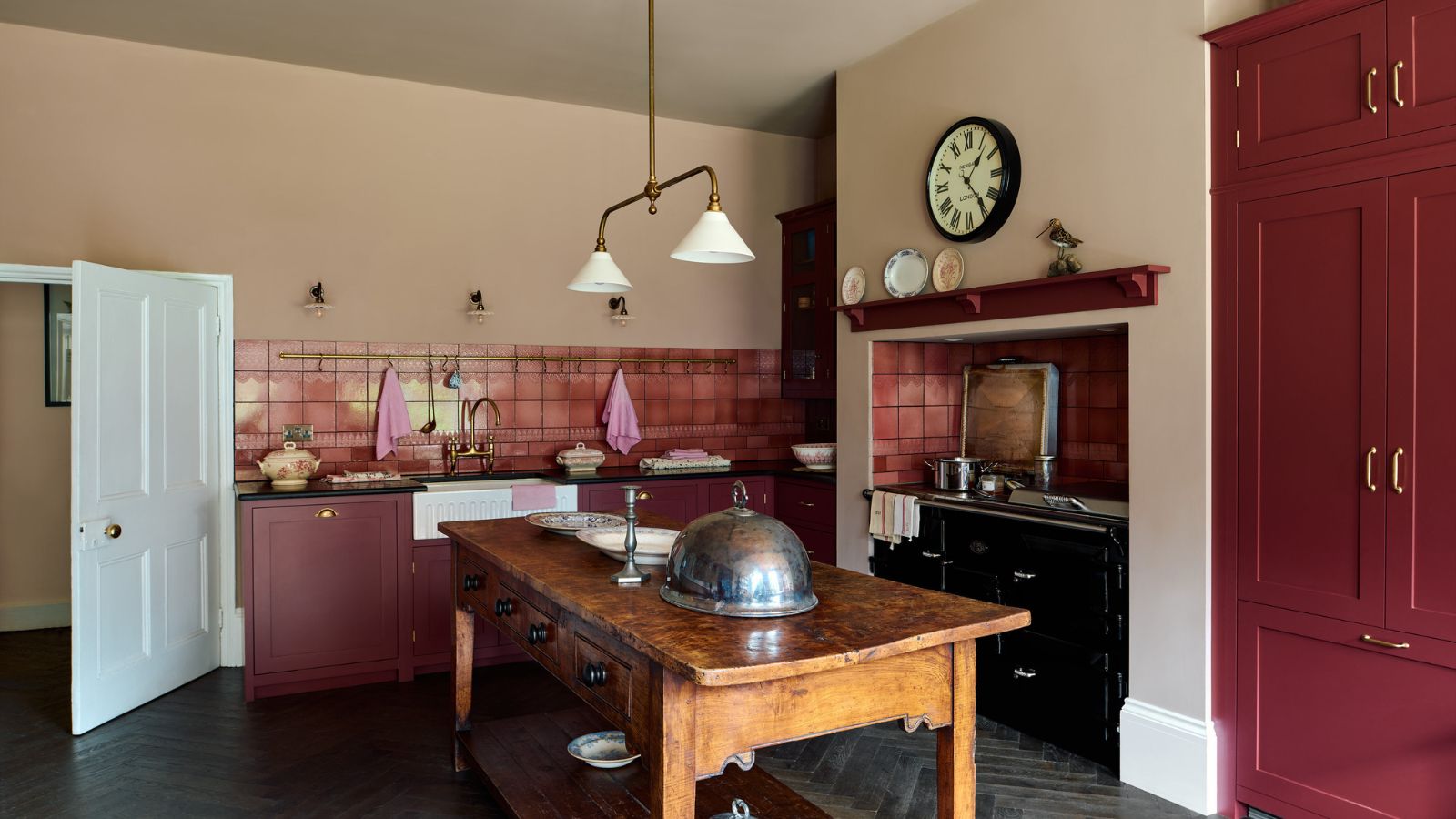 It’s a concept straight out of a fashionista's playbook, but I used the Sandwich Method to organize my kitchen shelves – it’s never looked sleeker
It’s a concept straight out of a fashionista's playbook, but I used the Sandwich Method to organize my kitchen shelves – it’s never looked sleekerIt transformed messy to mesmerizing in a matter of seconds
By Punteha van Terheyden
-
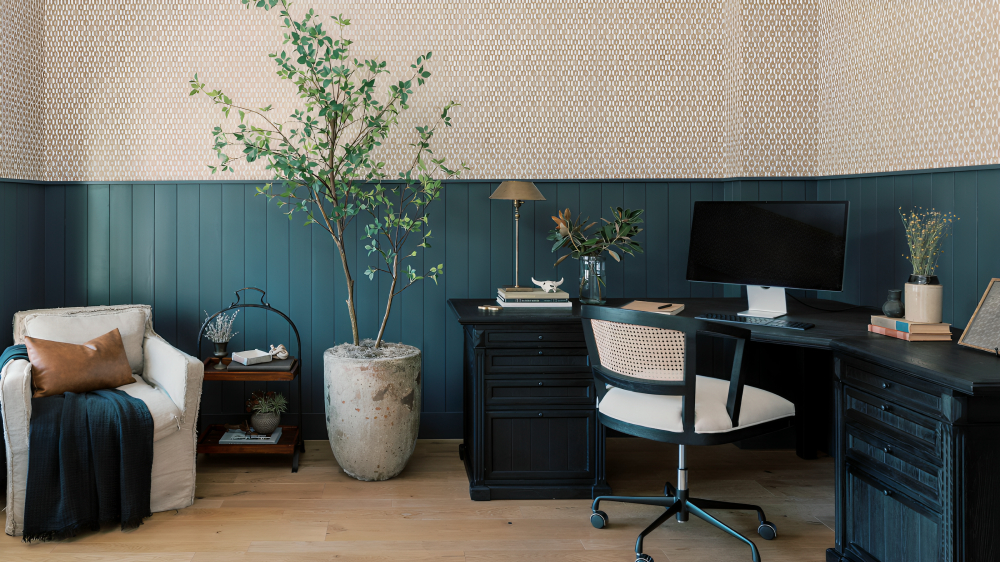 The value-based decluttering method changed my attitude toward the task – and turbocharged functionality in my small home
The value-based decluttering method changed my attitude toward the task – and turbocharged functionality in my small homeIt's proven to be transformative for my home over the last six months
By Chiana Dickson
-
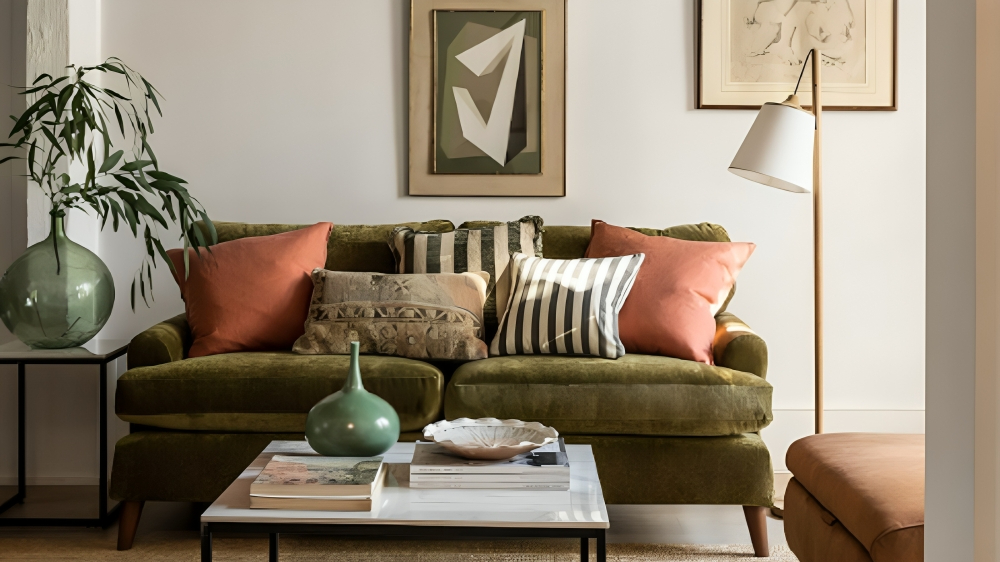 5 low-energy and useful tasks to try instead of doom-scrolling – this brain hack will break bad habits
5 low-energy and useful tasks to try instead of doom-scrolling – this brain hack will break bad habitsExperts urge you to try it for your wellbeing
By Chiana Dickson
-
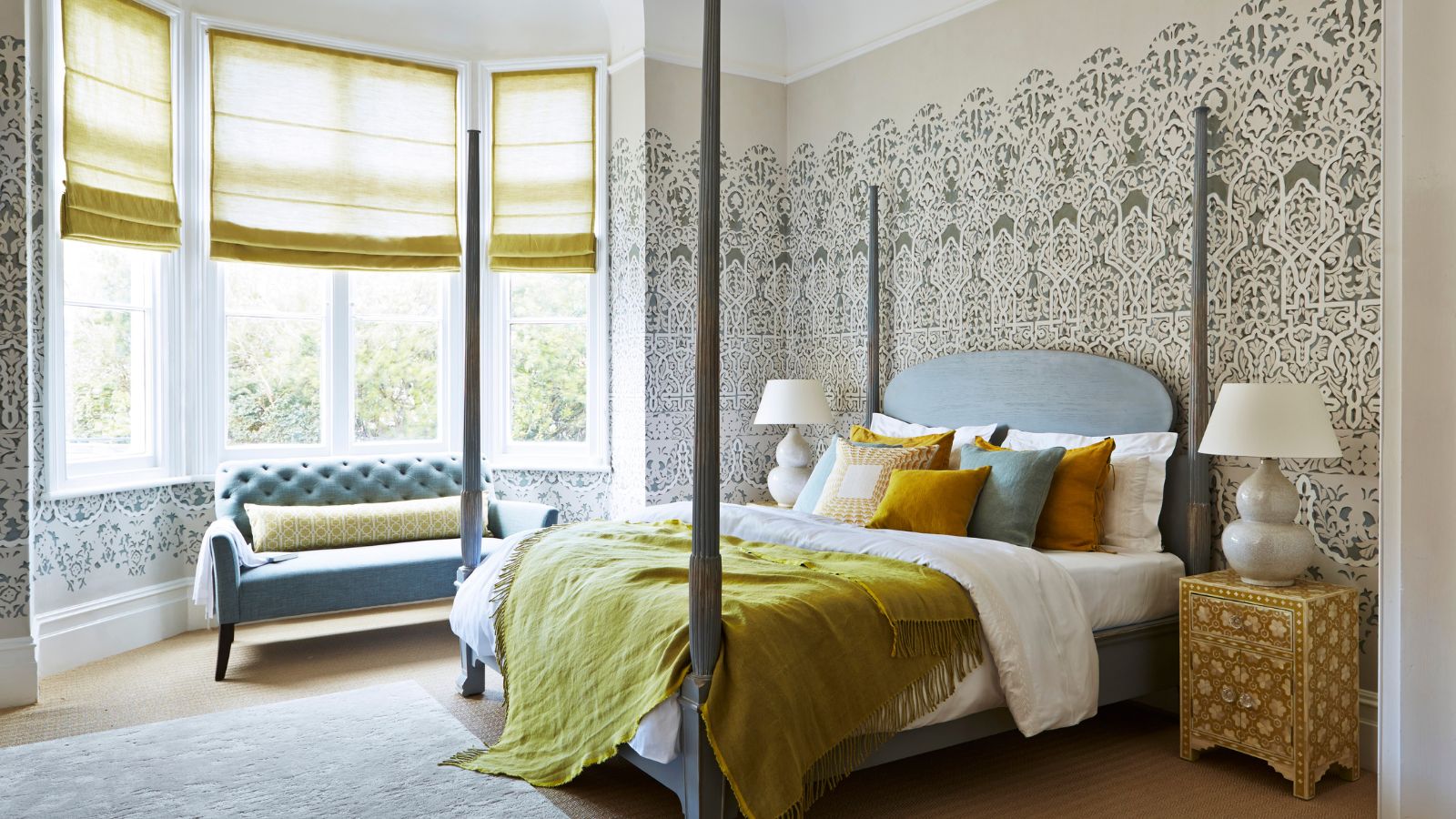 How to store a comforter or duvet properly over the warmer months – pros say 'breathable is the buzzword'
How to store a comforter or duvet properly over the warmer months – pros say 'breathable is the buzzword'Clean, air out, fold and roll your way to a fresh and fluffy duvet
By Ottilie Blackhall
-
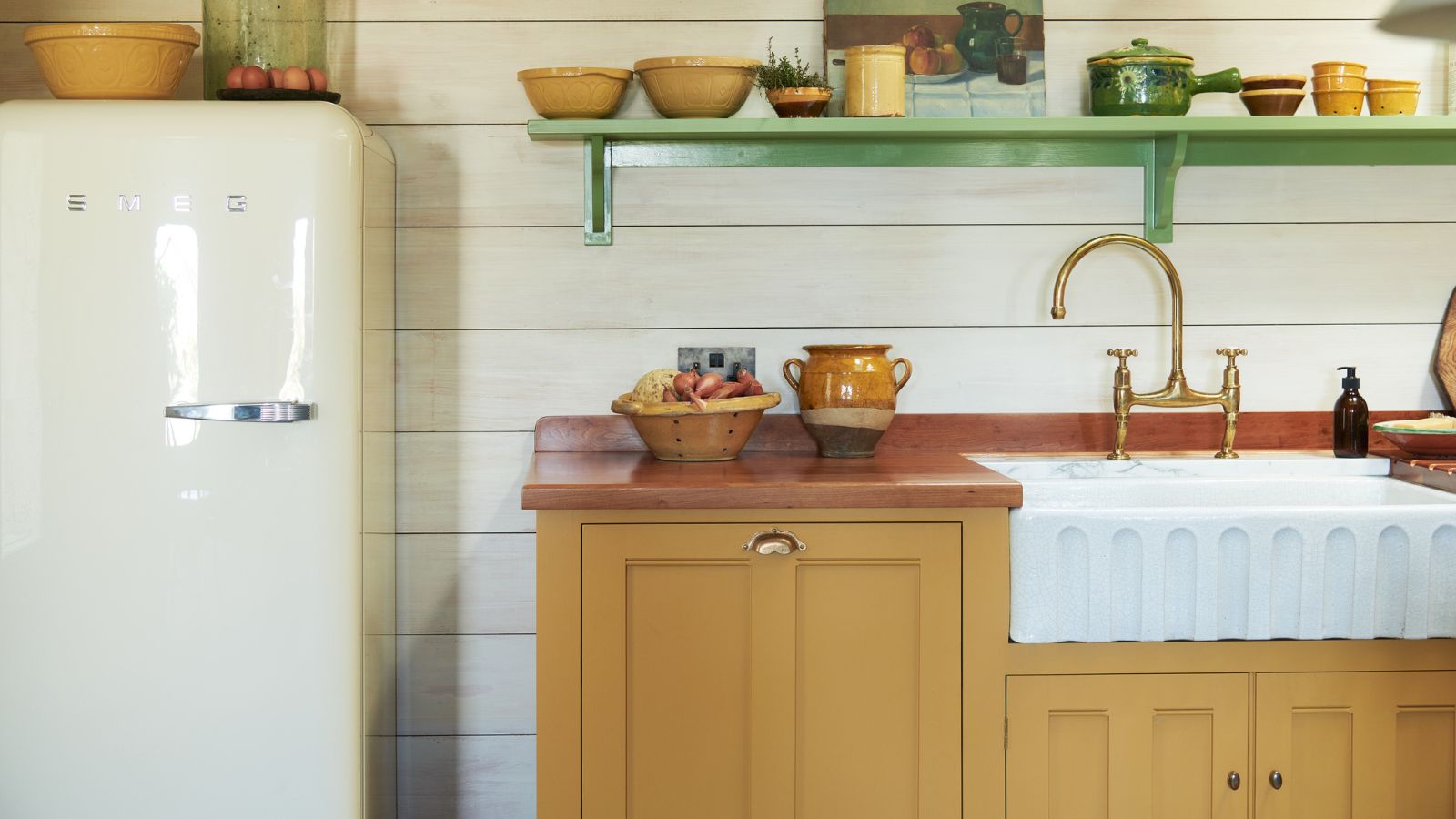 This tiered Joseph Joseph dish rack solved the constant sink-side traffic jam in my kitchen
This tiered Joseph Joseph dish rack solved the constant sink-side traffic jam in my kitchenI wish I’d swapped to it sooner
By Punteha van Terheyden
-
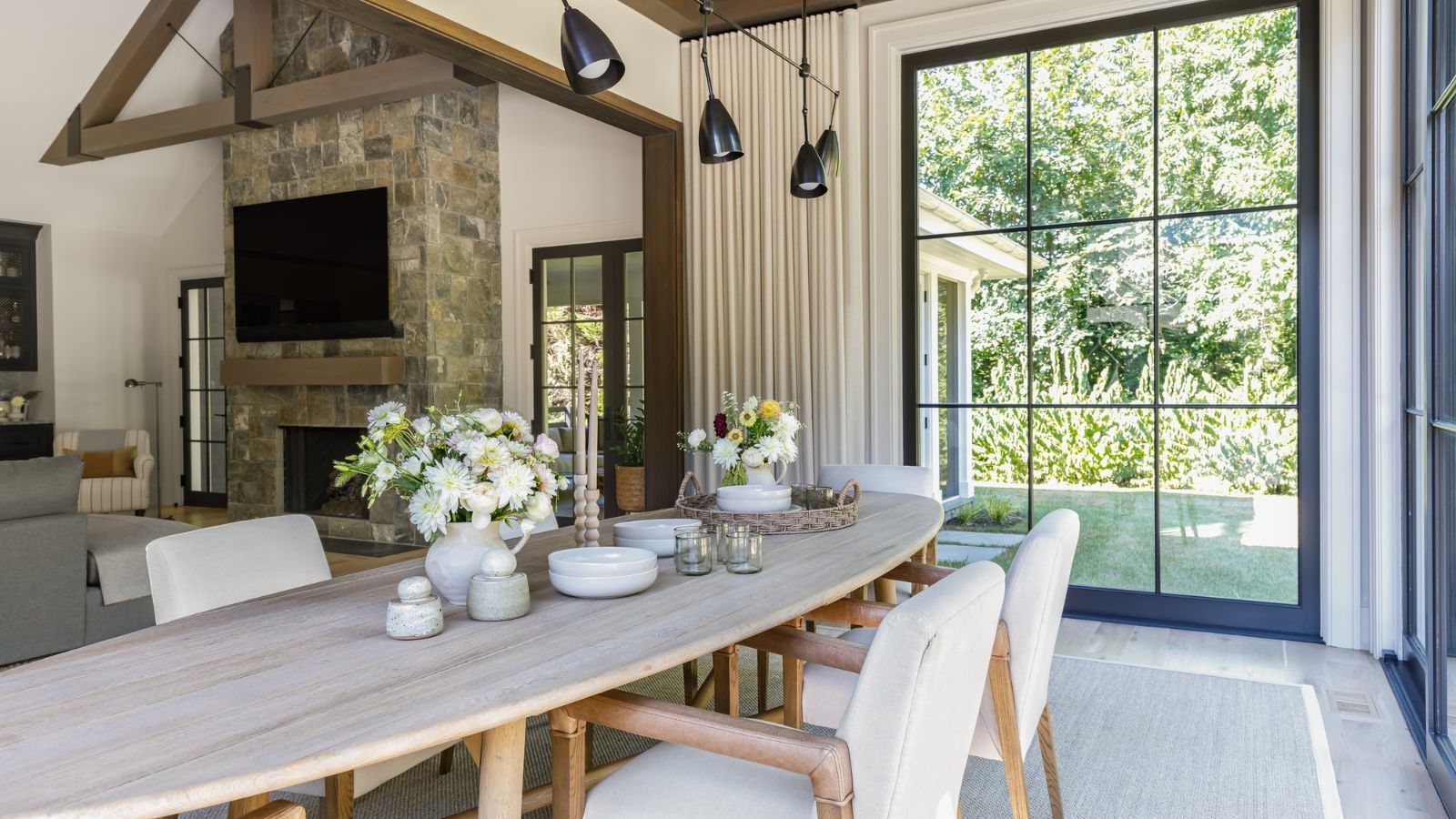 ‘An important tenet in staying organized’ – 6 easy habits for a more minimalist and streamlined home
‘An important tenet in staying organized’ – 6 easy habits for a more minimalist and streamlined homeWorking on these organizational habits will make your home more manageable
By Chiana Dickson
-
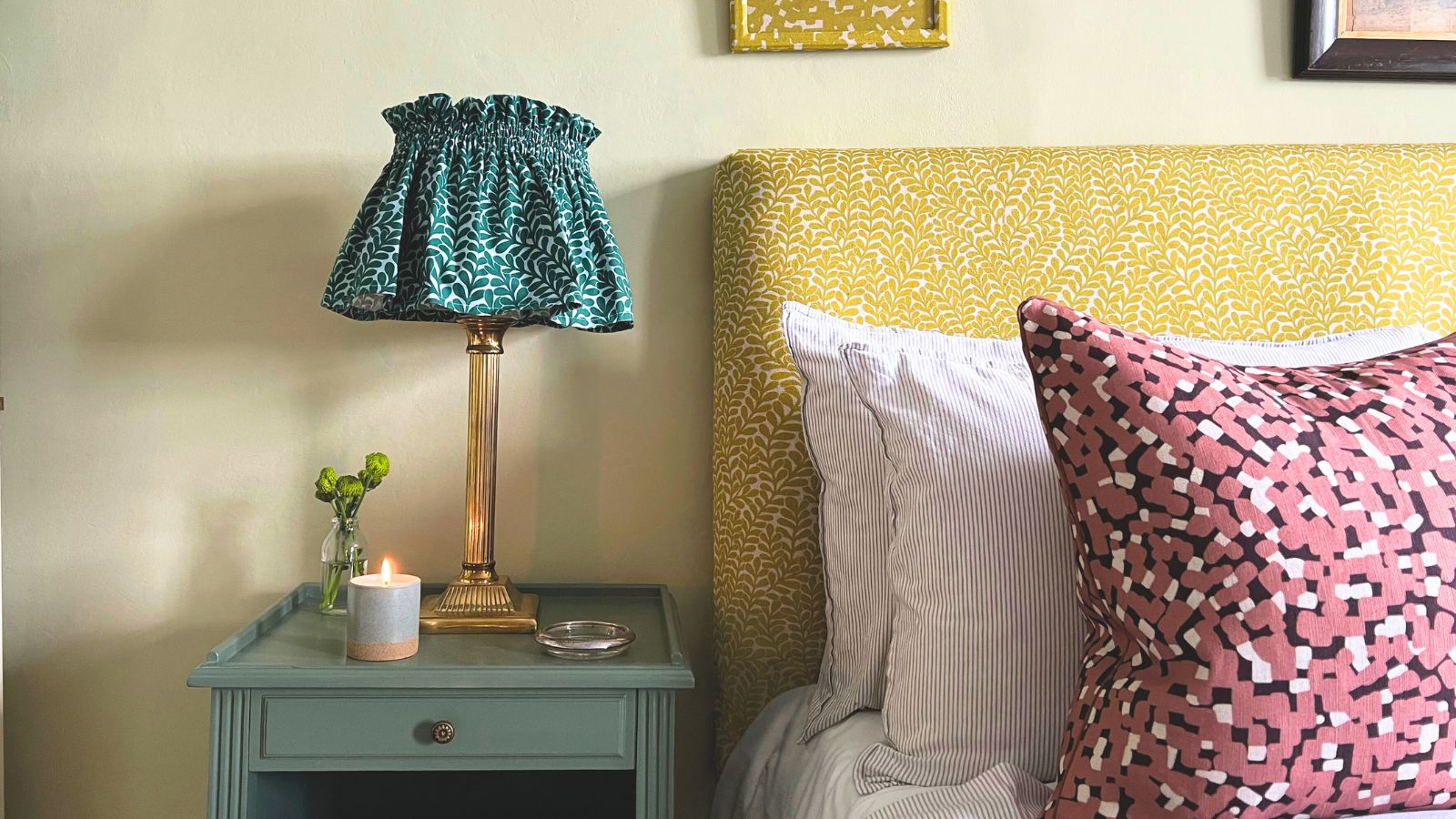 9 things to organize in April 2025 to prepare your home for a season of socializing and warmer weather ahead
9 things to organize in April 2025 to prepare your home for a season of socializing and warmer weather aheadGet sorted now for easier spring and summer get-togethers
By Chiana Dickson
-
 6 warning signs it is time to quickly reorganize your closet and make stressful mornings easy to navigate again
6 warning signs it is time to quickly reorganize your closet and make stressful mornings easy to navigate againIt is not a ‘once-and-done’ task, experts reveal
By Chiana Dickson